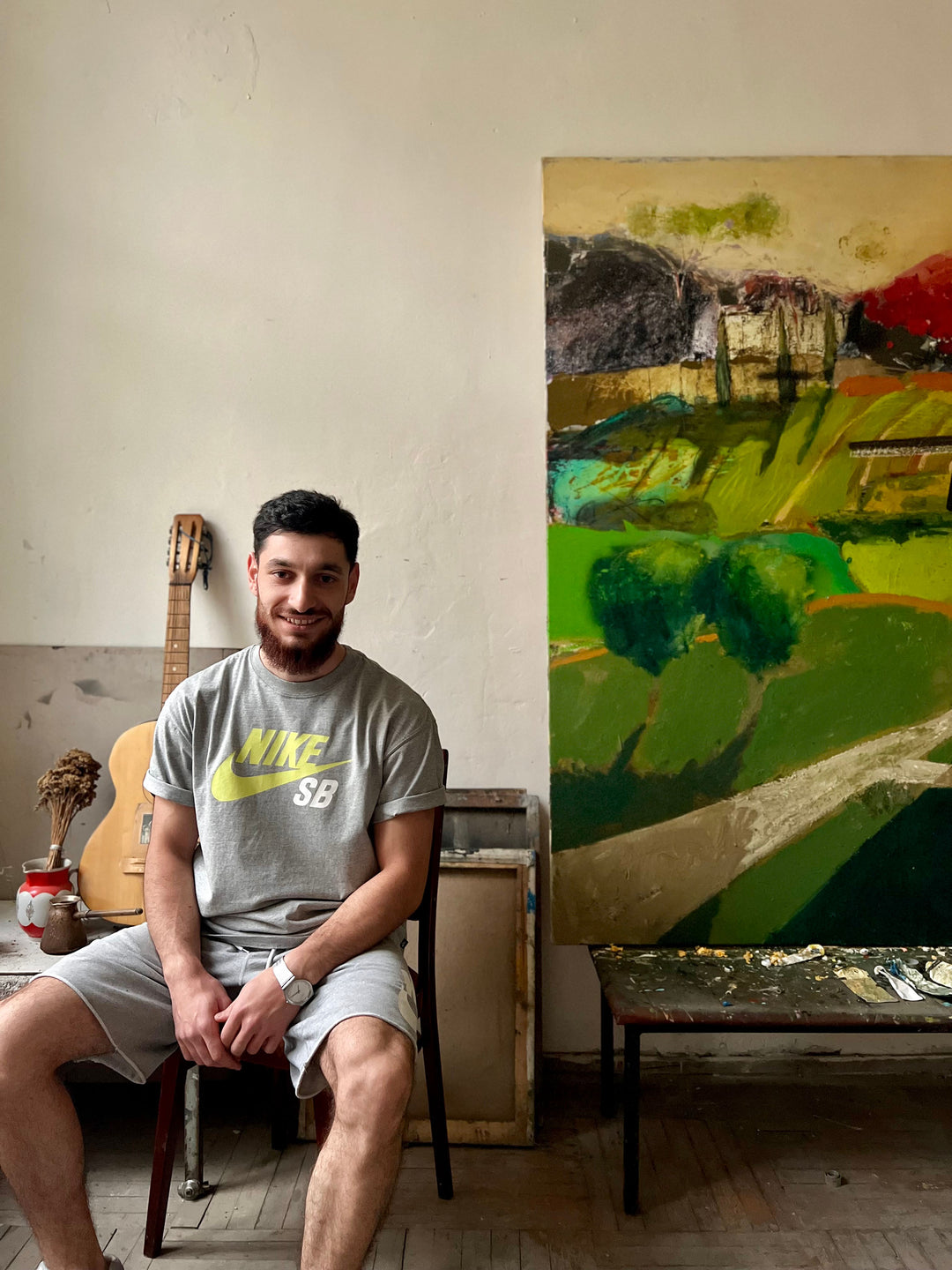Navigating the Art World: Understanding the Financial Landscape for Artists and Sculpture Market Trends
As we delve into the art world, it's crucial to understand not just the general statistics but also specific market trends, especially in the art and sculpture market. Today, we'll explore these nuances, bracing ourselves for the truth about the art world's financial landscape and emerging trends in art and sculpture.
The Vast Ocean of Art Production
In the expansive world of art, production is akin to an endless ocean. Artists, ranging from emerging talents to seasoned professionals, contribute to an immense pool of creativity. On average, artists produce between 25 to 50 artworks each year. Considering the global artist population is estimated at around 5 million, this results in an astonishing 125 to 250 million new pieces of art annually. This vast output reflects not just the sheer number of artists but also the diverse range of styles, mediums, and expressions that make up the contemporary art scene. This prolific production, while showcasing the richness of artistic talent, also leads to an oversaturated market where visibility and recognition become significant challenges for many artists.
The Collector's Dilemma
On the flip side of this prodigious production lies the collector's dilemma. The art market, while vast, is not infinite in its capacity to absorb new works. The majority of art collectors tend to be one-time buyers, making repeated sales a rarity rather than the norm. This dynamic creates a highly competitive environment for artists seeking to find a home for their creations. Furthermore, studies reveal that only about 6,000 collectors worldwide spend over $100,000 annually on art, a small fraction considering the millions of artworks produced each year. This scenario leads to a significant imbalance in the art market, where the number of available artworks far outstrips the number of collectors able to purchase them. As a result, many artworks remain unseen, stored away in studios or galleries, waiting for their moment in the spotlight.
The Art and Sculpture Market Outlook
The art and sculpture market, as projected in the 2023-2031 forecast, is on the brink of a significant transformation. This market is not just growing; it's evolving, reshaping from a traditional collectibles mindset to an investment-centric approach. Mutual funds for art and sculptures are emerging, indicating a shift towards art as a viable financial asset. This change is partly driven by the prestige and assurance offered by leading auction houses and galleries in the United States and Europe, which continue to attract diverse investors. With the market anticipated to expand at an impressive Compound Annual Growth Rate (CAGR), the future for art and sculpture looks promising, albeit in new and innovative directions.
Emerging Trends in Art and SculptureThe art and sculpture market is diversifying, expanding its reach beyond the traditional private collectors to include museums, real estate developers, interior designers, and individual residential buyers. This expansion reflects a broader acceptance and integration of art in various aspects of life and culture. The rise in digital art forms, including NFTs (Non-Fungible Tokens), has also introduced a new dimension to the market, attracting tech-savvy investors and reshaping the concept of art ownership and collection.
Financial Realities for Galleries
Galleries, often seen as the gatekeepers of the art world, face their own financial challenges. Despite the burgeoning art market, many galleries operate on thin profit margins, with some even incurring losses. The reality is that running a gallery involves significant financial risks and costs, with little assurance of high returns. This economic pressure influences galleries to be selective, balancing between promoting emerging talents and investing in established artists with a proven sales record.
Income Statistics for Artists
The financial landscape for individual artists is a mix of challenges and opportunities. While the art market's growth offers potential, the income statistics for artists paint a sobering picture. Only a minority of artists achieve substantial earnings from their art, with the majority making less than $25,000 annually. This income disparity underscores the competitive nature of the art market and the need for artists to be strategic and resilient in their career paths.
The Silver Lining
Despite the daunting statistics, there are reasons for optimism. The art world is rich with opportunities for those who navigate it wisely. Supportive initiatives such as grants, residencies, and art awards provide crucial avenues for artists to develop and showcase their work. The increasing recognition of art as an investment also opens new doors for artists to find their audience and thrive. With a strategic approach and a deep understanding of the market, artists can find success and fulfillment in their creative pursuits.
Conclusion
The journey to success in the art world is complex but not unattainable. With the right strategies and an understanding of market trends, artists can find their place in this diverse and evolving landscape. Remember, success is a collective journey, and we're here to navigate it together.











Leave a comment